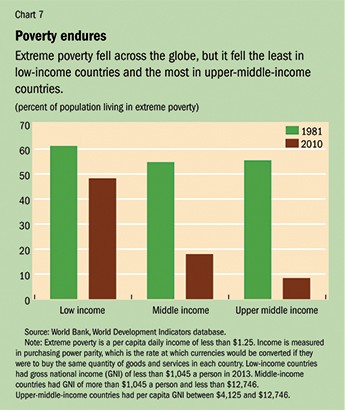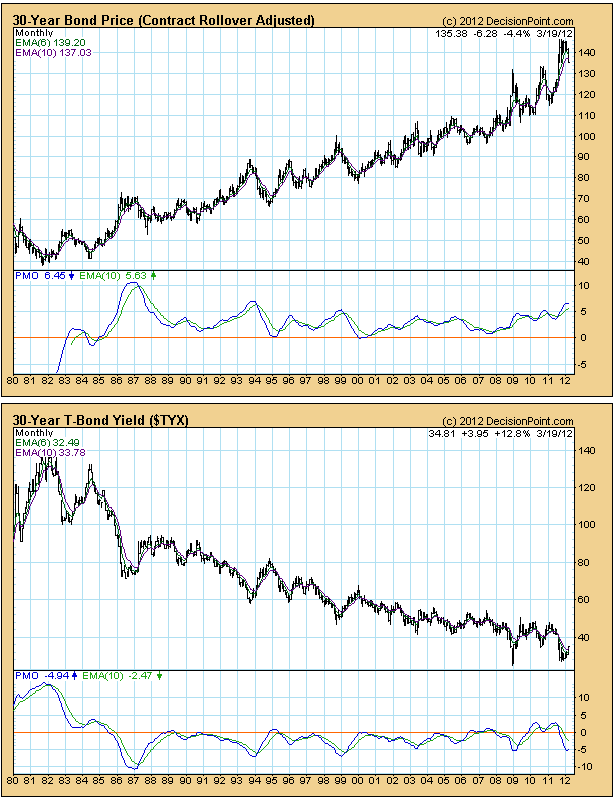One of the greatest developments in the debt market in the past 30 years was the development of the
Post on: 13 Август, 2015 No Comment

Mortgage-backed securities
Ivo Kolev
Research Assistant
Financial Policy Forum
July 29, 2004
One of the greatest innovations in US credit markets in the past 30 years was the creation of the mortgage-backed securities (MBS) market. The securitization of mortgages brought new capital and led to more liquid assets and more efficient market pricing of mortgages. It also led to specialized intermediation of the mortgage market. Together, these improvements lowered mortgage rates for borrowers, broadened homeownership and eliminated regional disparities in the deployment of capital for home mortgage lending.
From investors’ point of view, the MBS securitization process converted non-rated, illiquid loans into securities that are highly liquid, have low credit risk and offer competitive rates of return. With daily trading volume exceeding $200 billion and outstanding debt more than $5.3 trillion in 2003, the US mortgage-backed securities market today is one of the most liquid in the world. [1] MBSs offer higher yield than Treasury notes and corporate bonds. [2] This higher yield compensates partially for the higher credit risk, market risk and especially the embedded prepayment option.
The mortgage securitization process also helped to stabilize the US housing finance system by shifting the interest rate risk of mortgages from banks and thrifts to numerous investors. Furthermore, much of the credit risk is now held by enterprises like Fannie Mae and Freddie Mac. These large corporations are highly capable of diversifying credit risk because they package mortgages from across the whole nation, compared to most local banks and thrifts who deal primarily with mortgages from their region.
This primer will provide an overview of the several different types of MBS, the MBS market and its unique and unprecedented development. Further on, it will discuss the structure of MBS and the three major types of residential MBS: mortgage pass-through securities, collateralized mortgage obligations and stripped mortgage-backed securities.
HISTORY
The major issuers of mortgage-backed securities are Ginnie Mae, Freddie Mac and Fannie Mae. The Federal National Mortgage Association, now known as Fannie Mae, was created by Congress in 1938 to add new capital and liquidity to the US mortgage market. It was initially owned by the federal government through the Reconstruction Finance Corporation (RFC). In 1968, Fannie Mae was split into two corporations: Ginnie Mae, which stayed associated with the government, and Fannie Mae which became a private stockholder-owned corporation. [3]
The role of Ginnie Mae, since 1968, is to provide a secondary market for government-insured mortgages; it is on the federal budget and its programs are backed by the full faith and credit of the US government. Through Ginnie Mae, the federal government made its initial foray into mortgage-backed securities in 1970.
The Federal Home Loan Mortgage Corporation, also known as Freddie Mac, was established by Congress in 1970 to be a secondary market in mortgages for the savings and loans industry. It was privatized in 1989 into a private stockholder-owned corporation.
Fannie Mae and Freddie Mac are not backed by the full credit and faith of the US government. Both institutions were created by the federal government and have federal corporate charters. The market perceives an implicit guarantee by the US government, because like other giant financial institutions, such as Bank of America, the government is unlikely to let these institutions fail in the event of financial problems. As a result, these institutions pay low credit risk premiums when they borrow in private capital markets.
The first MBS was brought to market by Ginnie Mae in 1970. Throughout the 1970s and early 1980s the major type of MBS security was the pass-through security (discussed in details below). A major innovation for the MBS market occurred in 1983 when Freddie Mac issued the first Collateralized Mortgage Obligations (CMOs). These new instruments appealed to investors with special maturity and cash-flow requirements. However, the first CMO issues faced complex tax, accounting and regulatory obstacles. Much of those legal issues were resolved with the passing of the Tax Reform Act of 1986 which included the Real Estate Mortgage Investment Conduit (REMIC) tax vehicle. After 1986 the issuance of CMOs grew enormously. The new tax law also allowed for the creation of other mortgage instruments such as STRIPs, floaters and inverse floaters (discussed in details below).

TERMINOLOGY
Before discussing the different mortgage-backed securities and how they work, the key terms need to be clearly defined. These features are common for all MBS and will help the reader understand how the whole mortgage market works.
· Mortgage issuer or initial lender is a mortgage lender, usually a bank, thrift or a mortgage banker. The issuer lends money to the homeowner who is the borrower.
· Guarantor guarantees the timely payment of interest and principal on the mortgage. In the case of Ginnie Mae, this guarantee is backed by the full faith and credit of the US government. Fannie Mae and Freddie Mac guarantee mortgages based on their own creditworthiness.
· Mortgage servicer: The main function of the servicer is to collect monthly payments from the mortgage borrowers and pass the cash flow to the mortgage pool or other mortgage purchaser.
· MBS issuer is the institution that issues the mortgage-backed security. It forwards the cash flow to the ultimate investor.
· Primary market is where new capital is raised. In the case of mortgages it is when the mortgage is first issued. In the case of MBS is when the securities are first brought to market.
· Secondary market is where the title of the asset is transferred, i.e. where existing mortgages or existing MBS are traded between investors. In the case of mortgages, there is secondary mortgage market where whole mortgages are sold to investors or enterprises such as Fannie Mae and Freddie Mac. In the case of MBS, the MBS secondary market is where the mortgage-backed securities are traded between investors.














